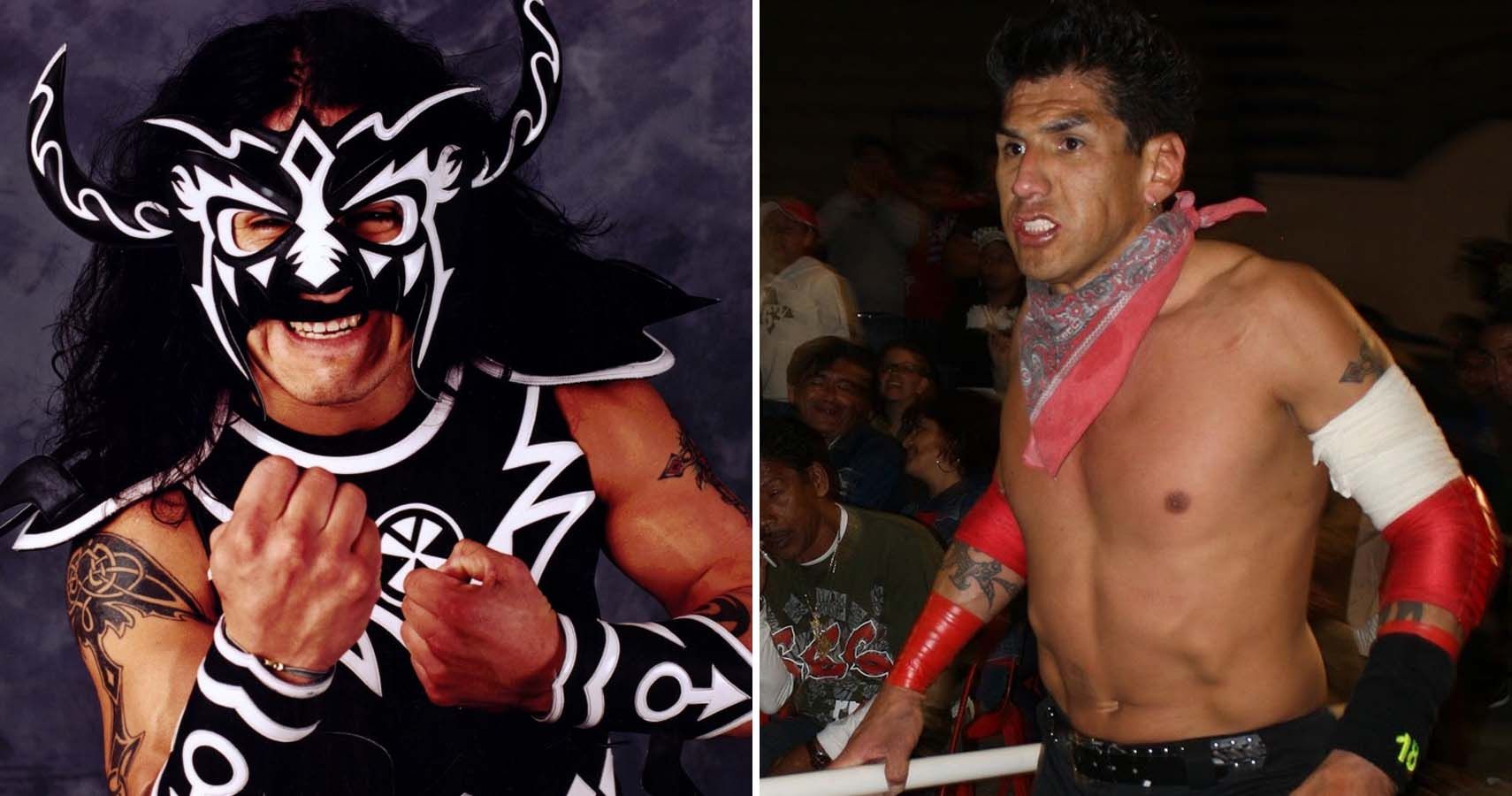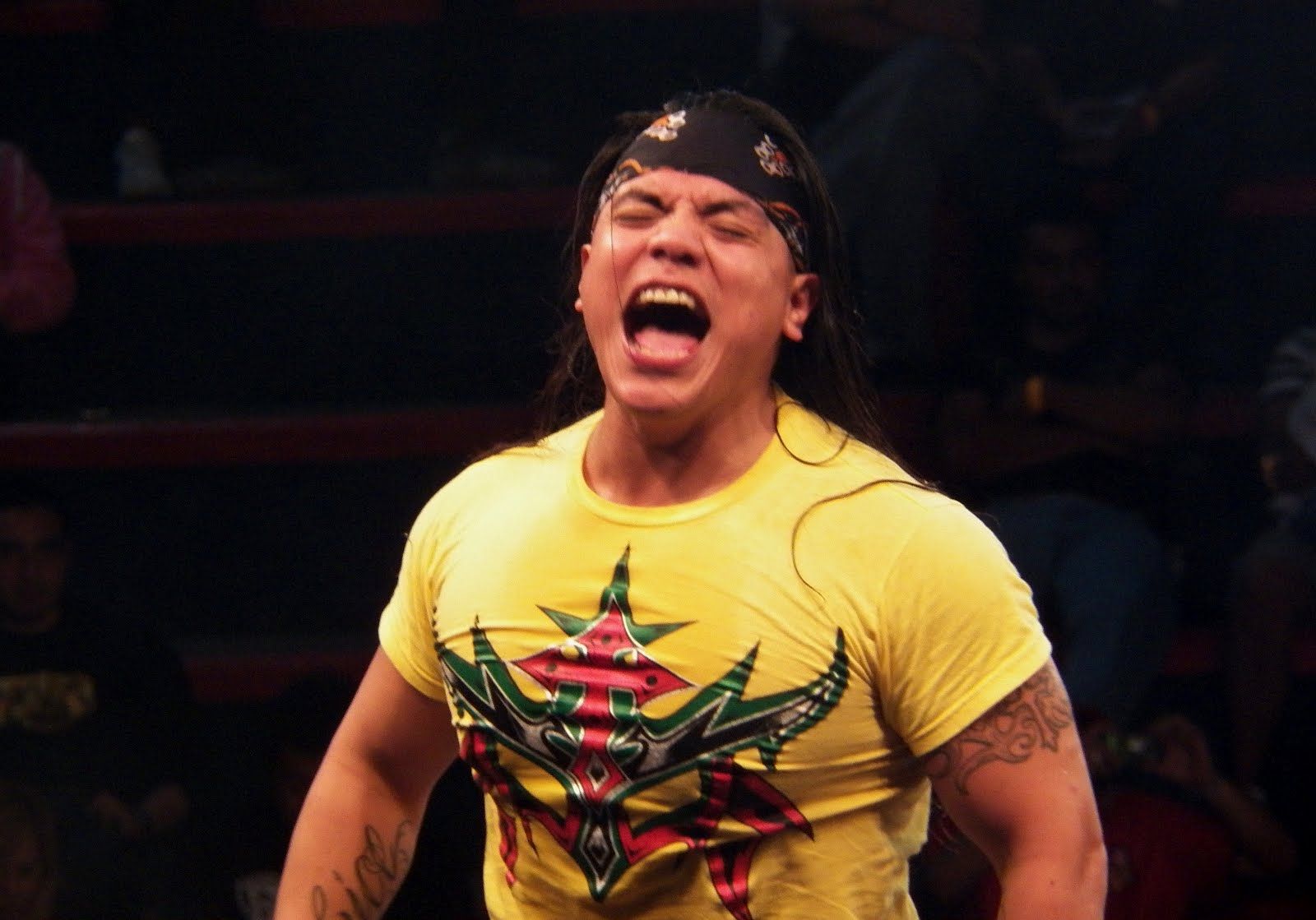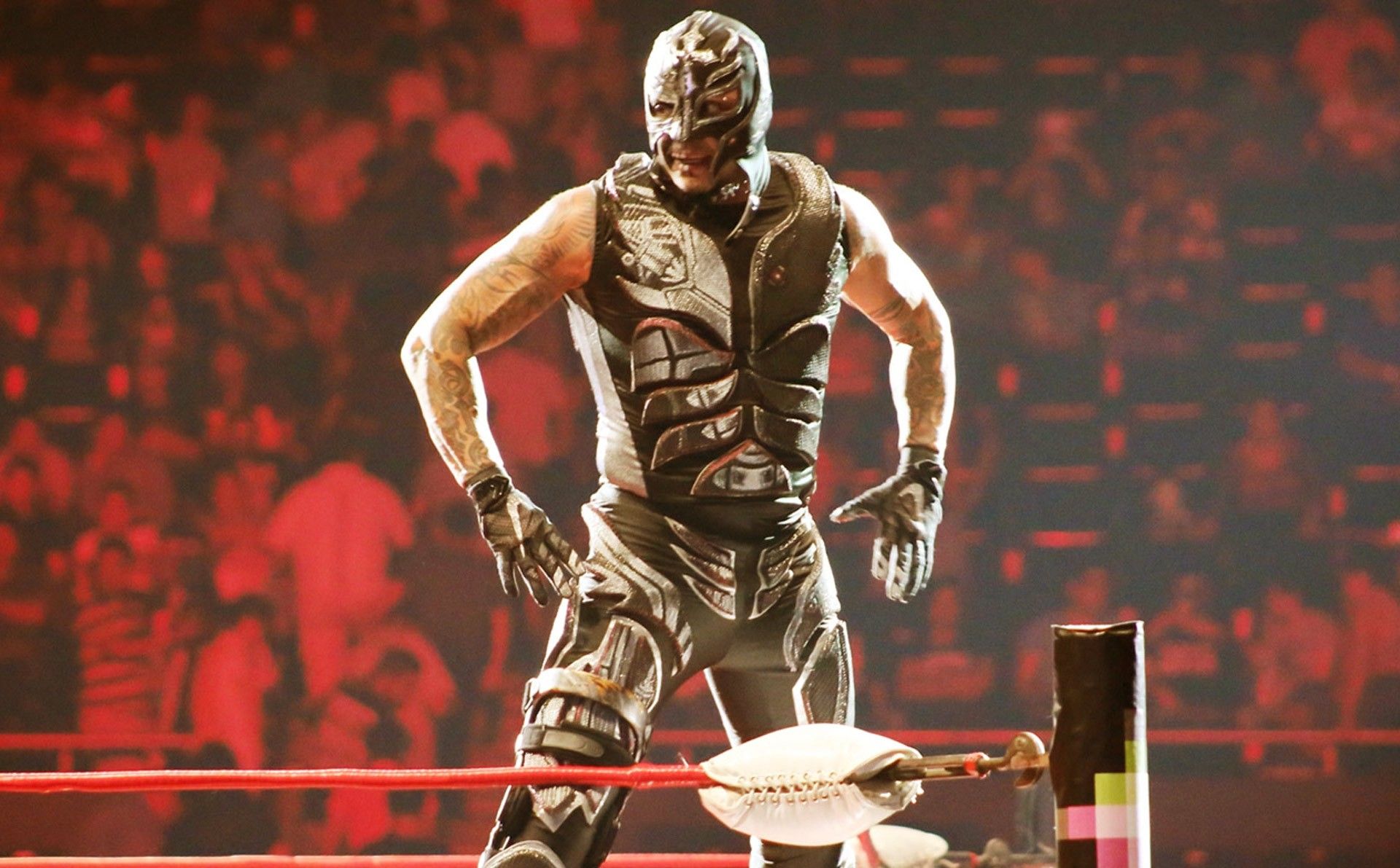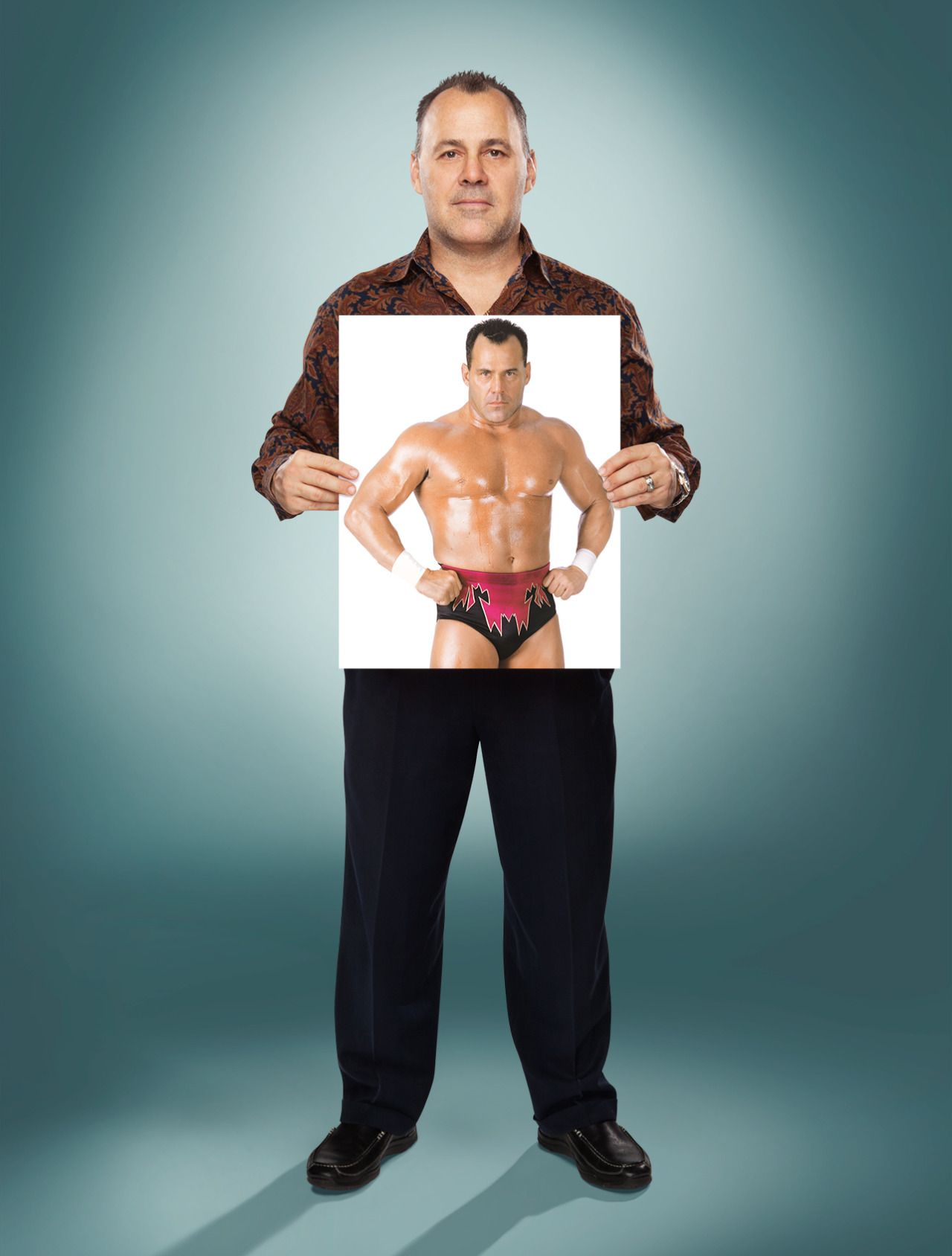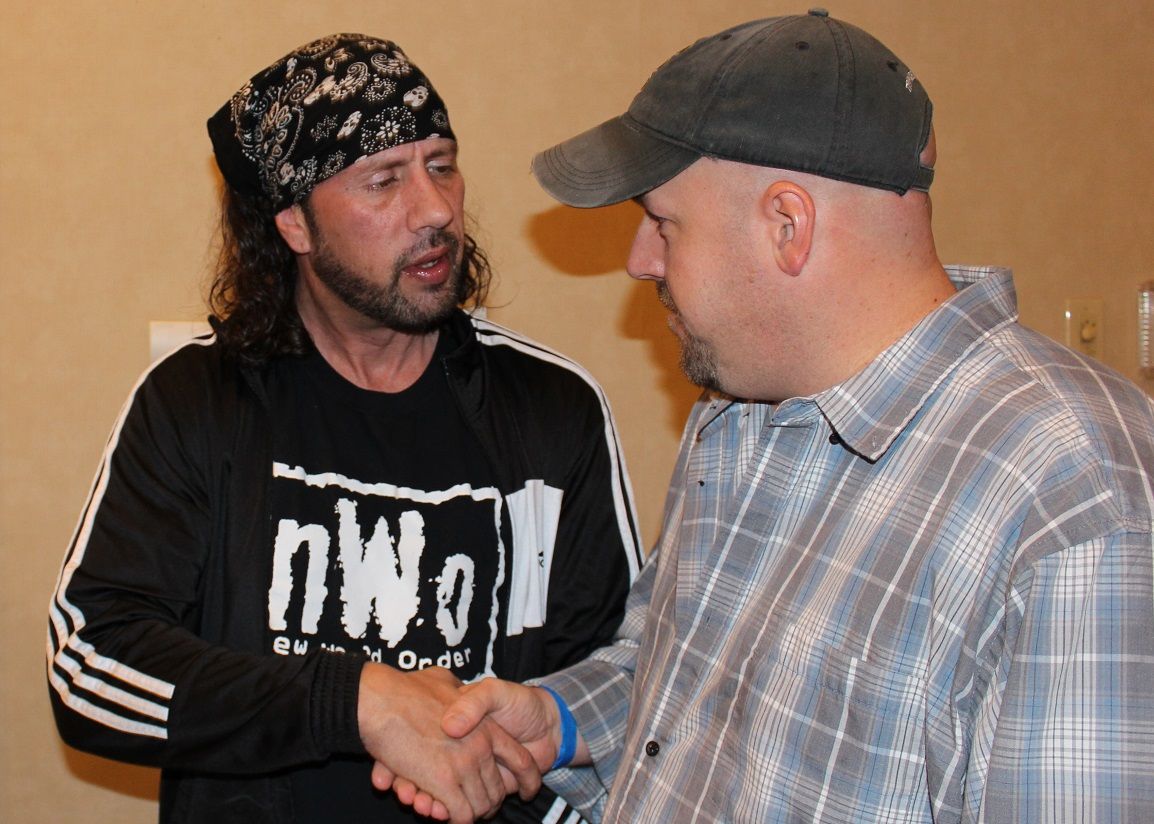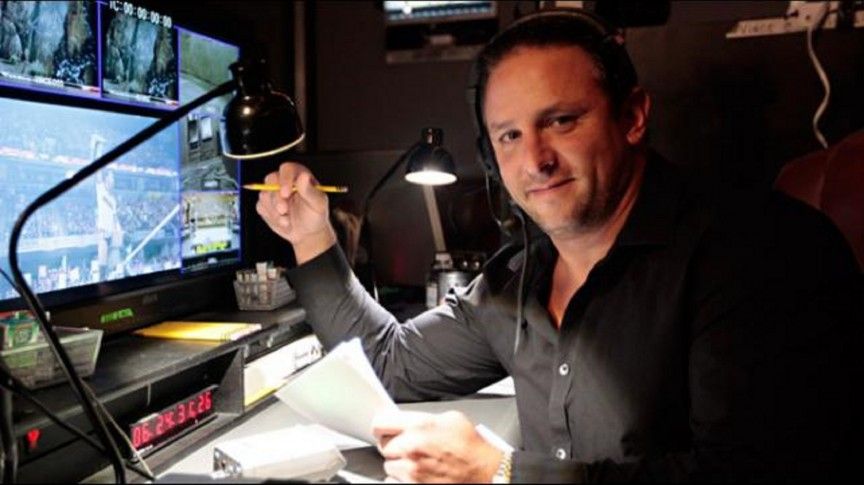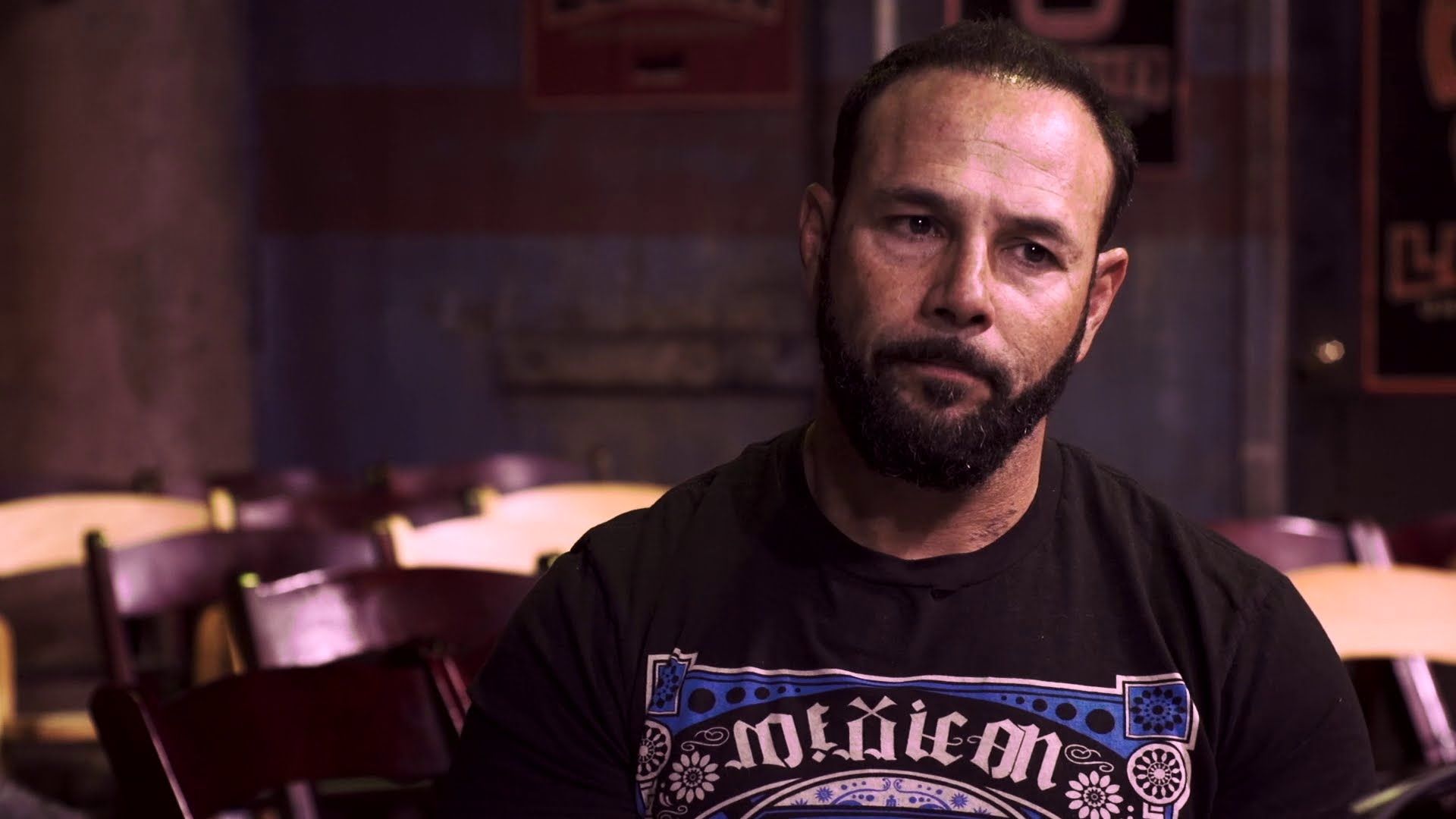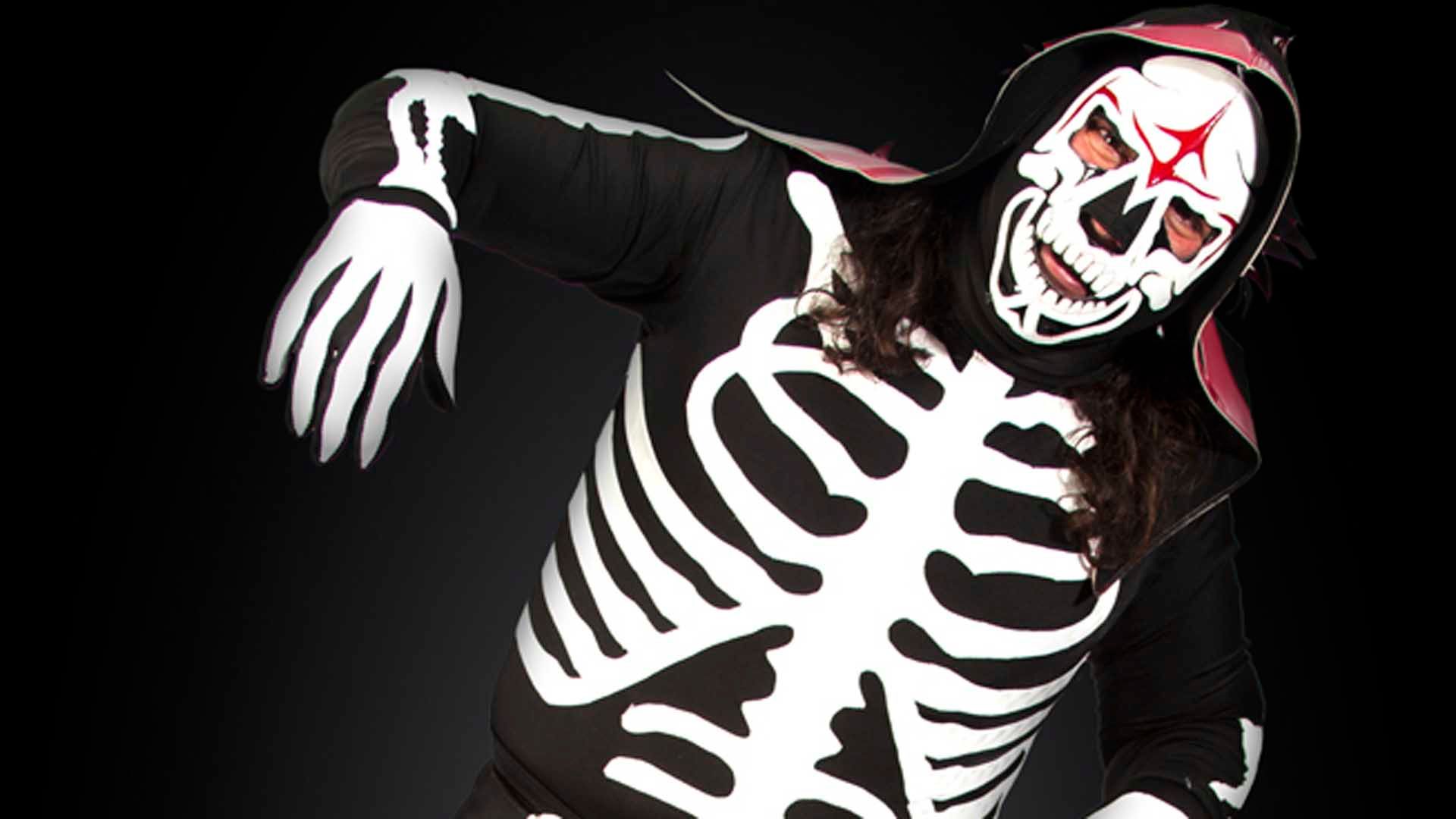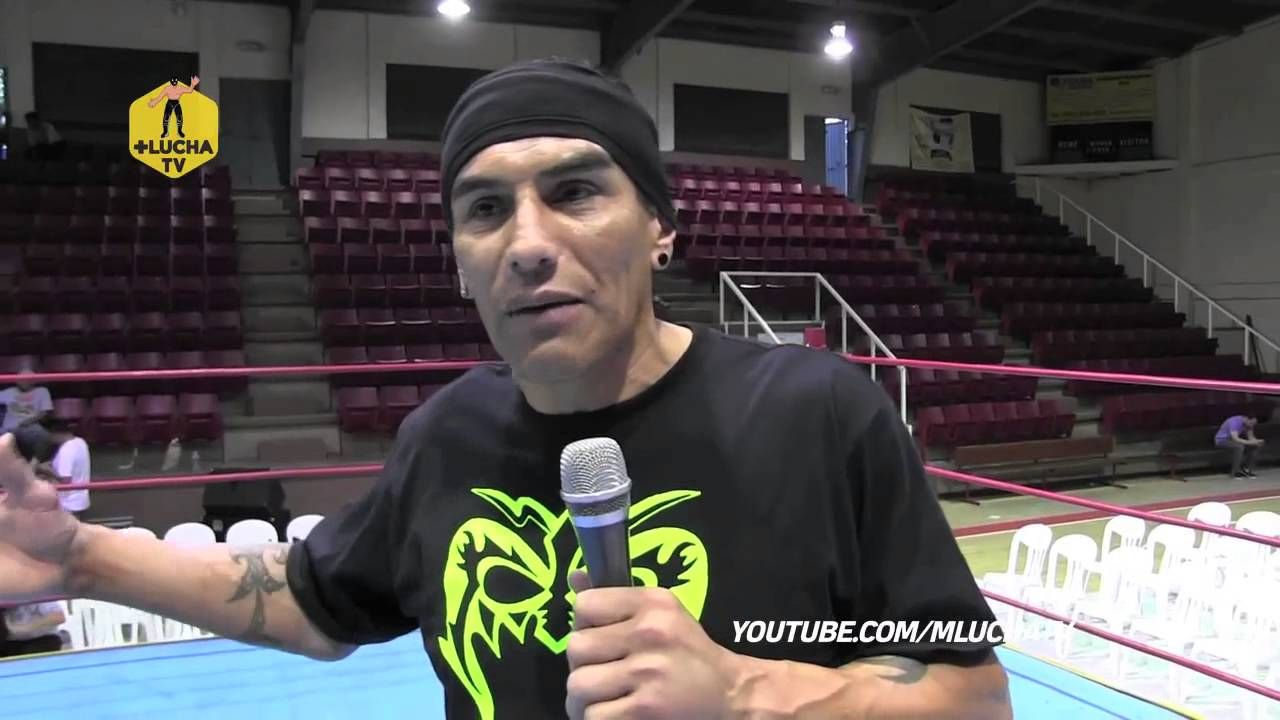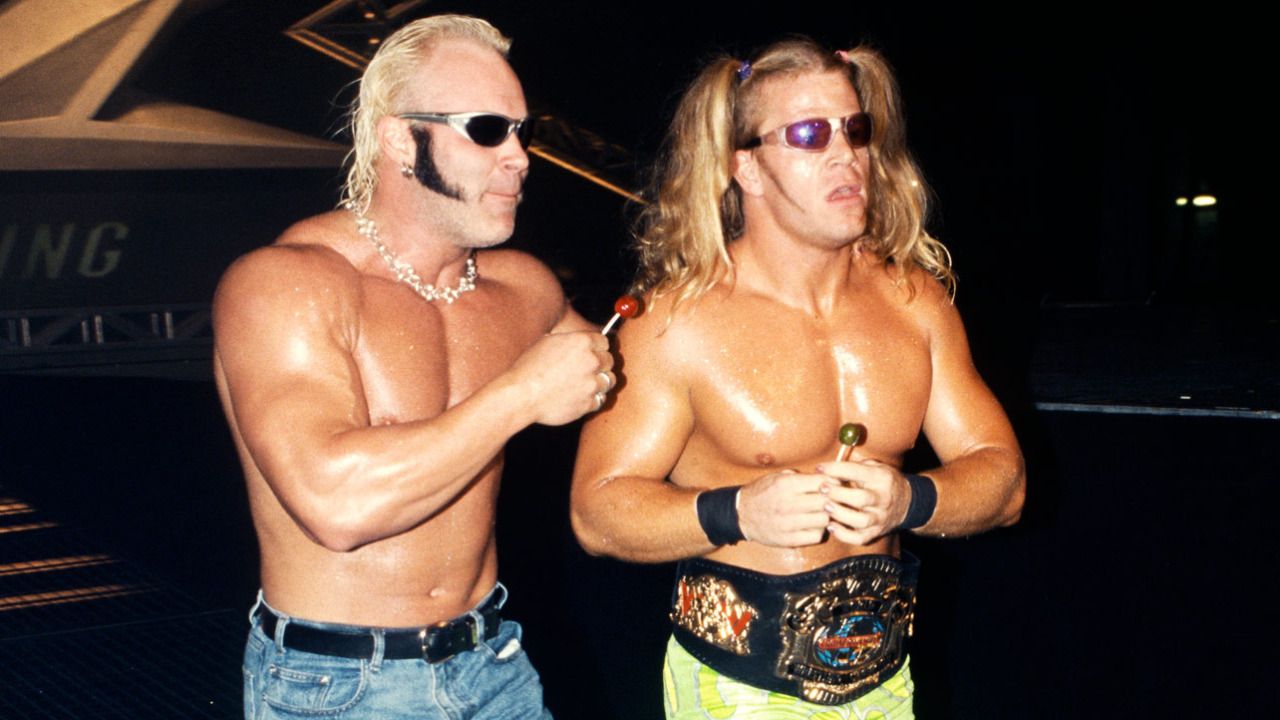During the Monday Night Wars, one of the keys to WCW's ability to win the ratings war with the WWE was the rise in popularity of the nWo. However, while the nWo earned all the headlines because it included the likes of Hulk Hogan, Kevin Nash and Scott Hall, a number of other performers were stealing the show. The nWo was used primarily towards the second and third hours of the show, but a number of young high flying stars warmed up the crowd and often left them speechless afterwards.
Similar to how fans today will find the most exciting and interesting stories told in the ring by hard-working independent wrestlers, in WCW these men were given freedom to put on a show. There was Chris Jericho, who managed to cross over and enjoy success as a star in the WWE as a World Champion, and a number of men from Mexico and Japan who helped to ignite the crowd and left them wanting more. However, when WCW closed its doors, a number of talented Cruiserweights were left exploring employment elsewhere. What happened to them? Did they achieve the same success and exposure that they did in WCW?
29 15. Juventud Guerrera
Juventud was part of the Luchador influx that WCW had during the Monday Night Wars. While his early career was spent primarily in Triple A in Mexico, he joined Extreme Championship Wrestling for a brief time in 1996 as one of a number of latino wrestlers Konnan helped bring to Paul Heyman's company. When Konnan left for WCW, Guerrera followed suit. He was a long time rival of Rey Mysterio Jr that would refer to himself as ‘the Juice,' as a means of replicating what The Rock was doing in the WWE. Guerrera, like several other, would lose their mask during their time in WCW. After having stints in the WWE, TNA and competing on the independent circuit, Guerrera returned to Mexico to compete once again for Triple A. Guerrera had a reputation for going against the grain and often challenging authority.
28
27 14. Rey Mysterio Jr.
If there was ever one man that was close to a superhero to an entire country, it would be Rey Mysterio Jr. He earned a name for himself competing in Mexico with Triple A, and then moved on to fight for Paul Heyman's ECW. He was arguably the most exciting cruiserweight in the world, and when WCW came calling, he answered the call. Despite his friends leaving the company, Mysterio competed there until it closed its doors in 2001. Mysterio then competed briefly in Mexico and on the independent circuit. When he came back to the United States, he was immediately pushed in the WWE. He would compete for the WWE for almost thirteen years before leaving in 2015. Since he left the WWE, he has competed once again for Triple A, but most recently performed on the El Rey Network program Lucha Underground.
26
25 13. Dean Malenko
Malenko was a second generation wrestler who first earned a name for himself competing in Florida. He used the moniker ‘The Shooter' during his early time in Eastern Championship Wrestling before it became Extreme Championship Wrestling. After leaving ECW, Malenko joined WCW and was a key performer in their Cruiserweight division. He captured both the Cruiserweight and U.S championship while with the company. Malenko also had the distinction of being one of the last members of a reincarnated Four Horsemen. After leaving WCW, Malenko joined the WWE and played an important role as part of The Radicalz. He earned some success including a Light heavyweight championship title reign. Malenko retired from wrestling in 2001. He works as a road agent with the WWE and can still be seen from time to time on-screen.
24
23 12. Syxx
Before he was a part of WCW, Sean Waltman was known as the 1-2-3 Kid, and before he was in the WWF he was called the Lightning Kid. However, after his friends Scott Hall and Kevin Nash left for WCW, Waltman did as well. There, he was known as Syxx. While he was there, he captured the WCW Cruiserweight Championship by defeating Dean Malenko. Waltman left WCW to return to the WWF, now known as X-Pac, and joined Degeneration X. After he left the WWE, Waltman competed for a variety of different independent promotions and endured several substance abuse issues as well. Waltman is quite active on social media and has signed to a WWE Legend's contract. He can still be seen in and around wrestling circles and continues to take bookings today.
22
21 11. Billy Kidman
Kidman competed for various promotions before joining WCW in 1996. When he first joined he was used as enhancement talent. However, in 1997 he was added to Raven's flock as a disheveled slacker with no direction, often scratching his arms and legs. While he wasn't necessarily successful as part of the faction, his character had direction. After the group split up, Kidman traded in his disheveled look for a clean cut one with t-shirt and jean shorts, and soon captured the WCW Cruiserweight title. Kidman was part of the Filthy Animals and New Blood stables, and even feuded with Hulk Hogan during a period of time. His contract was purchased by WWE, who he competed until 2005, returning in 2008 before retiring. During his time, he was part of several groups including The Alliance, and captured the Cruiserweight and tag team championships. Kidman currently works as a producer/road agent for WWE.
20
19 10. Chavo Guerrero Jr.
The second generation wrestler started in Mexico, but quickly transitioned to competing in Japan as part of New Japan Pro Wrestling, and then WCW. While there, he was part of a number of storylines involving his uncle Eddie Guerrero, and was also part of the Misfits In Action faction. When WWE purchased WCW his contract was included. He spent the early part of his time with the company as an undercard wrestler, but formed the Los Guerreros tag team with his uncle and captured the tag team championship. Chavo eventually pursued the Cruiserweight championship, then adopted a golfing gimmick using the name Kerwin White. However, the death of his uncle led Chavo to change back to his own name. He remained with the company until 2011 and then competed on the independents for a year, and then TNA, Guerrero has been involved in the El Rey Network's program Lucha Underground as a cast member and producer.
18
17 9. La Parka
One wrestler that had a unique way about him and was able to get over with the audience was La Parka. He began his career in Triple A in Mexico, but also briefly competed for ECW before joining WCW in 1996. He left WCW in 2000 and gave the name and costume to another wrestler. He began to compete as La ParK for CMLL in Mexico and competed for a number of different promotions in Mexico, including the Xtreme Latin American Wrestling federation for a short period of time. In 2010, La Parka returned to Triple A, then returned to CMLL in 2014 and 2015. However, CMLL stated that it was ending its relationship with La Parka for a period of time for ‘violating the rules of CMLL'. Apparently he insulted the crowd, which most heels do, so how far could he have taken it?
16
15 8. Psicosis
He was trained by Rey Misterio Sr and faced Rey Mysterio Jr over 500 times throughout his career. He joined WCW in 1996 and competed for them until 2000, one of many wrestlers that were part of the luchador influx. Psicosis was known for his outlandish mask and hair, but eventually lost his mask and never again wore it during his career in WCW, or in WWE. After leaving in 2000, he competed for a few years on the independent circuit including a brief run in ECW before it closed its doors. He even competed for TNA for a short time. In 2005, Psicosis signed with the WWE and was part of the short-lived Mexicools gimmick that also included Juventud Guerrera and ECW alumni Super Crazy. However, after being arrested in the fall of 2006, Psicosis was released from the company. He has since competed in Mexico for various promotions under the name Nicho el Millonario.
14
13 7. Kaz Hayashi
Hayashi first began his career in Michinoku Pro, wrestling under a mask for five years before coming to WCW in 1997, where he discarded the mask. Early on in his tenure with the company, Hayashi was used primarily as enhancement. Often his promos would have a humorous spin on them, as they were dubbed in English and appearing quite comical. Hayashi's most notable time in WCW was as part of the Jung Dragons stable, feuding with 3 Count in the process. Much like a number of the talent mentioned here, Hayashi joined WWE after the company bought out WCW. Unfortunately, Hayashi only appeared once with the company before leaving for Japan. He was a part of All Japan Pro Wrestling for eleven years after leaving the United States. He still wrestles today with the Wrestle-1 promotion, which is run by Keiji Mutoh AKA The Great Muta.
12
11 6. Lenny Lane
Lane first appeared to a mainstream audience in 1995 when he competed as part of WCW, and remained with the promotion until 2000. During his time with the company he captured the Cruiserweight championships, but is most known for his tag team with Lodi as ‘The West Hollywood Blondes'. After the group received criticism, the team returned and competed under the tag team of Standards and Practices. Since his departure from WCW, Lane has been competing on independent tours all over the United States. He joined TNA in 2002 and was part of the West Hollywood Blonde-inspired Rainbow Express. He bounced around competing for other promotions in 2003 and 2004, and even competed on WWE Sunday Night Heat. As it stands right now, Lane owns and operates a promotion known as Prime Time Wrestling which he proudly dedicates his time and energy too.

